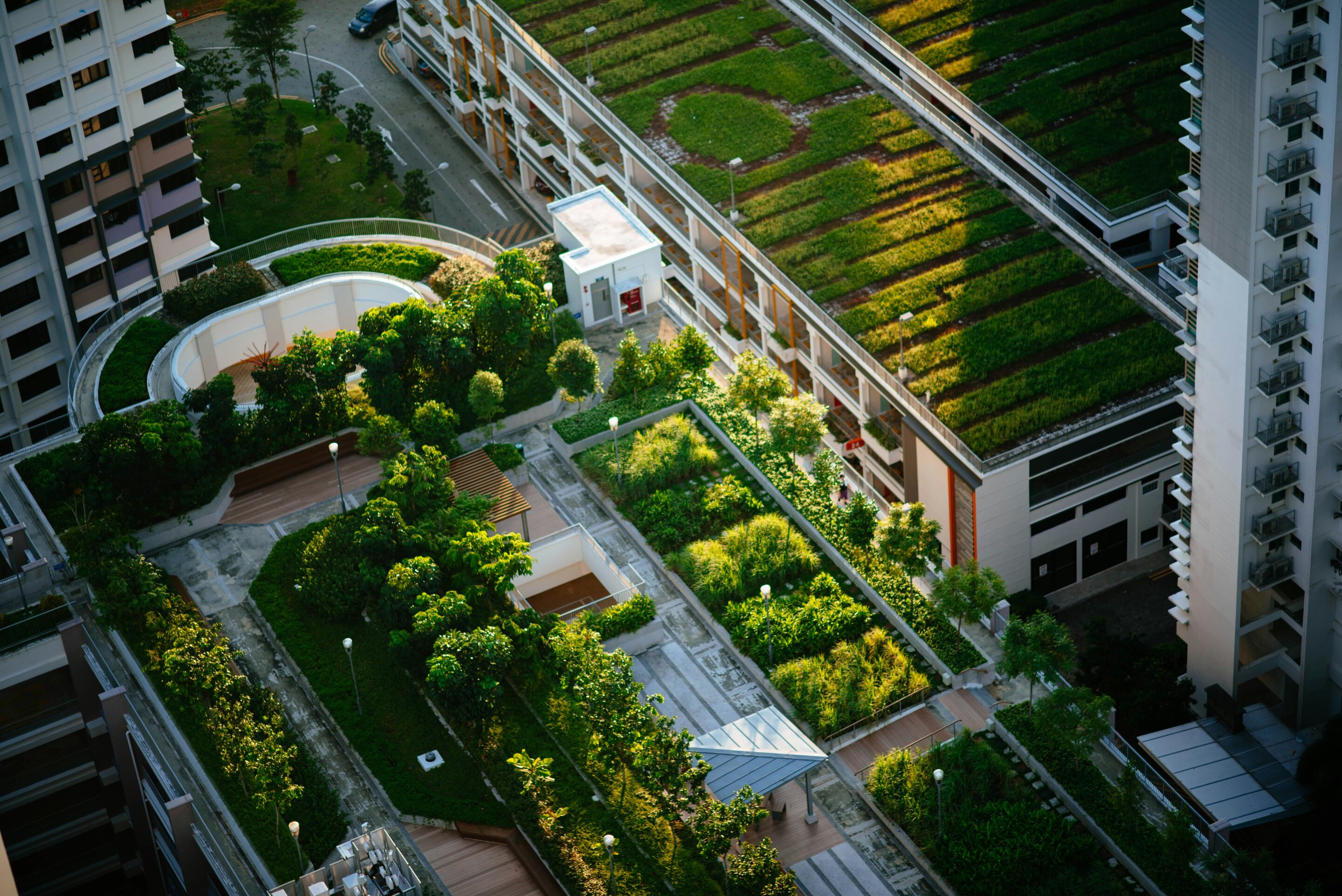Modeling shows green roofs can cool cities and save energy::Extensive greenery coverage on building rooftops could significantly reduce temperatures at the city scale and decrease energy costs, according to a new study.
Interesting that they note that the installation and upkeep are expensive. I wonder if they’ve factored the upkeep into the energy expenditure. Flat roofing is far worse than a pitched room for needing replacement etc.
Basically, it sounds good, but the research needs to consider the full lifecycle of these projects.
It also takes a toll on the sunlight below.
I still somewhat like the idea, but maybe it should be some carcasses above the actual roofs, so that roof maintenance would be easier (maintenance of these gardens as well, I think).
And no trees, just grass, moss, plants like wild grapes.
In that case maybe it won’t have to be flat roofing.
8% reduction in peak AC usage would be huge. I don’t have a good feel for numbers like that but I’d imagine it would take a lot of maintenance and roof replacements not not make a saving given that kind of energy reduction.
It would be nice if they could estimate some uncertainties and show where the break even is between energy reduction and upkeep energy expenditure.
Perhaps terraced rooftops with drainage pipes under the soil so excess water can still drain into a gutter system to storm water collection.
I’d prefer if they just started with putting green on the streets.
And reduce the amount of lanes from 10 to 9? You’re crazy, there’s no way it’ll work.
/s
Let’s do both! I welcome our imperfect solarpunk future with open arms
Also looks great.
Buuuut it’s expensive and needs constant maintenance. It’s also a greater risk, there have been cases of trees being blown off of buildings like this, although if properly anchored with shitloads of netting this shouldn’t be an issue.
I do wonder if it’s more practical to just put solar panels there though
Trees are hard enough to take care of on the ground, we don’t need the wind breaking branches off and sending them down to crush whatever’s below. If we’re stuck on incorporating greenery in our architecture, it’s gonna need to stick to grassy type plants.
Isn’t constant maintenance one of these ‘jobs’ things that everyone wants and are good for the economy?
A specialized highrise landscaper could be a nice paying job too.
We need the world to be a better place more than we need the economy to have maximum efficiency.
I agree.
You’re both ignoring the full costs of maintenance.
And by costs, I mean more than dollars.
What’s the energy cost of the folks who maintain these things? The materiel and it’s energy cost? Tools/equipment that wouldn’t otherwise be required?
It’s surprisingly far more complex than just reduced AC expenditure. Are we sure that all the inputs over the life cycle have been accounted for?
It’s rare for a new system (of any type, in any industry) to actually reduce costs (again, all costs, not just money), let alone to the degree they’re purported. Typically we see incremental improvements, and usually a loss in some unpredicted way.
Good analysis is difficult, even for simple systems.
Hopefully these ideas pan out, my suspicion is they’re effective for a narrow set of conditions.
Also, not a new idea at all.
They work great together. Bifacial PV panels let enough light through for growing, and make excellent vertical edge barriers.
Spain and Portugal laughing from their benches on their roofs…surrounded by lush green plants…






